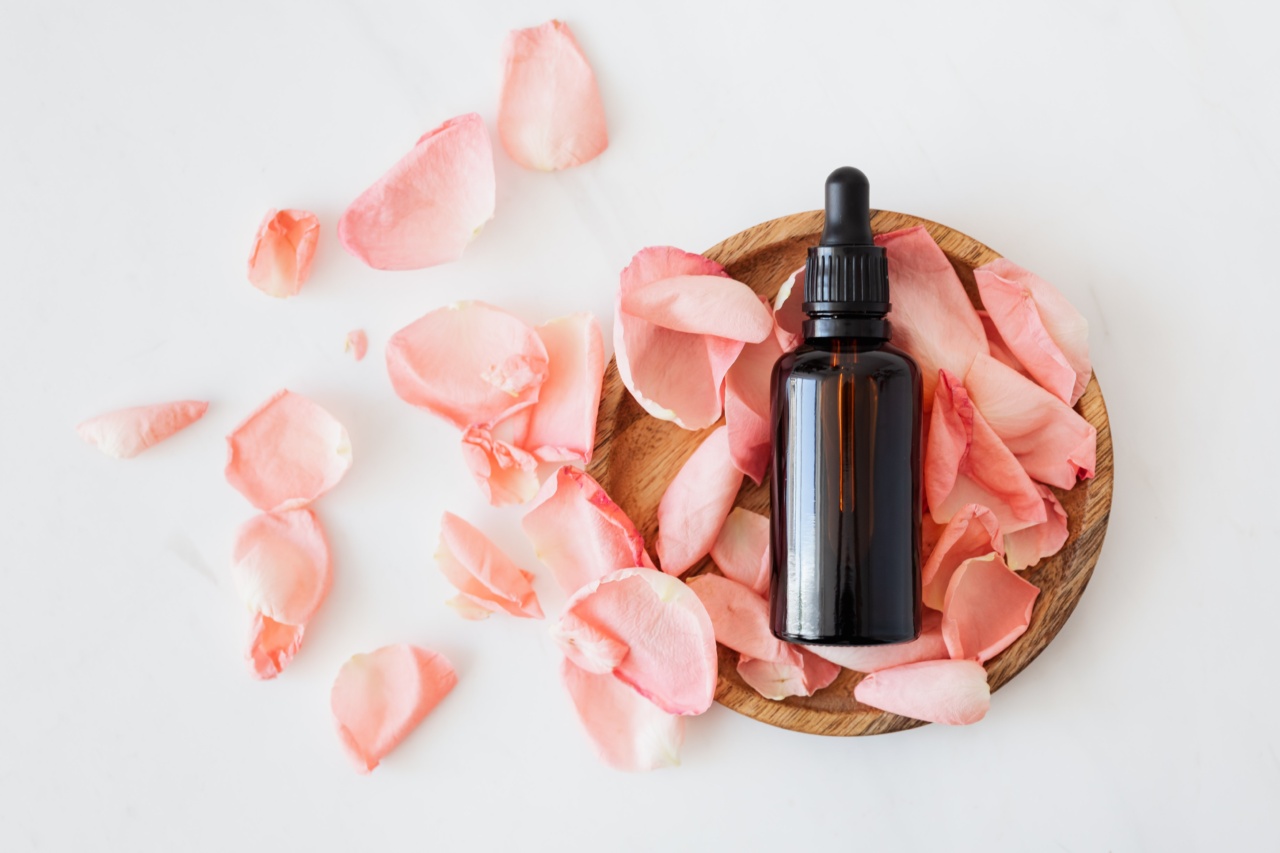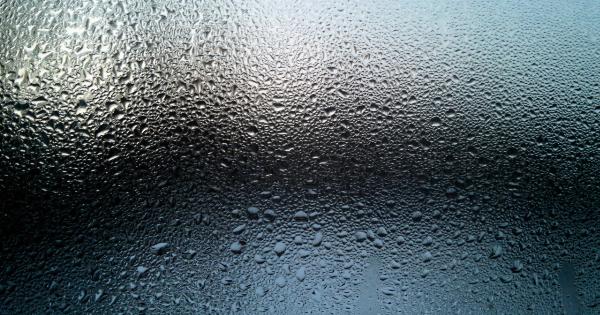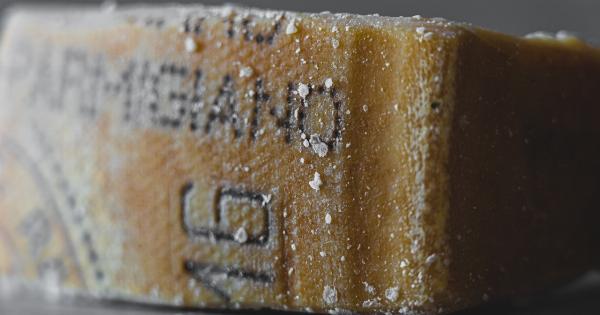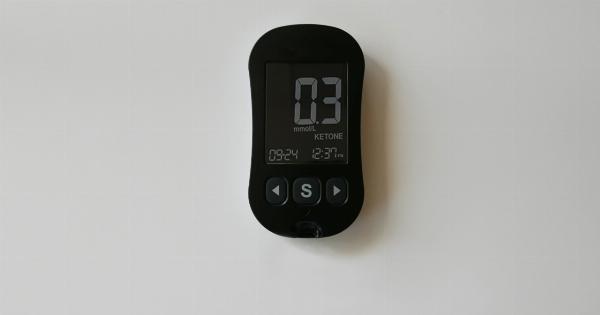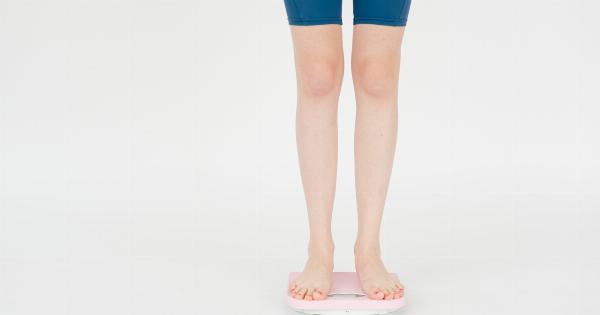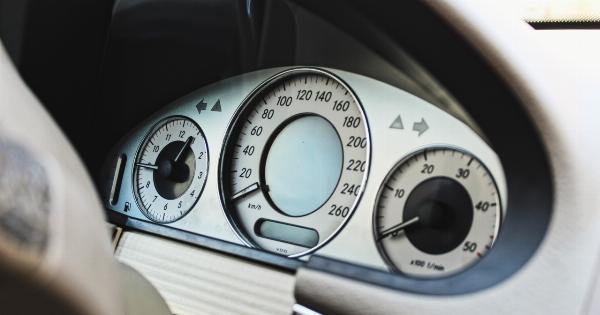Excessive liquid retention, also known as edema, is a common condition that affects many people. It occurs when fluid accumulates in the body’s tissues, leading to swelling and discomfort.
While occasional fluid retention is normal, chronic or severe cases may require treatment. This ultimate guide will provide you with a comprehensive understanding of liquid retention and present six effective methods to alleviate the condition, accompanied by helpful pictures.
Understanding Liquid Retention
Liquid retention, or edema, can occur due to various factors. Some of the common causes include:.
1. High Sodium Intake: Consuming excess sodium can disrupt the delicate balance of fluids in the body, leading to water retention.
2. Hormonal Changes: Fluctuations in hormones, particularly during menstruation or pregnancy, can cause fluid retention.
3. Sedentary Lifestyle: Lack of physical activity can hinder proper circulation, resulting in fluid build-up in the extremities.
4. Medications: Some medications, such as steroids or blood pressure drugs, may cause fluid retention as a side effect.
Signs and Symptoms
Identifying the signs and symptoms of liquid retention is crucial for prompt treatment. Some common indicators include:.
1. Swelling: The affected areas, such as the ankles, feet, hands, or legs, may appear swollen or puffy.
2. Weight Fluctuations: Sudden weight gain or bloating can be a sign of fluid retention.
3. Stiffness: The affected areas may feel stiff or achy, reducing flexibility and causing discomfort.
4. Imprints: Applying pressure to the swollen area with your finger and noticing an indentation that stays for a few seconds can indicate edema.
Treating Liquid Retention: 6 Effective Methods
1. Decrease Sodium Intake:.
Reducing your sodium intake can significantly help regulate fluid balance in the body. Aim to consume no more than 2,300 milligrams of sodium per day.
2. Stay Hydrated:.
While it may seem counterintuitive, drinking plenty of water actually helps flush out excess fluids and prevents the body from retaining them.
3. Exercise Regularly:.
Engaging in regular physical activity improves circulation, reducing the likelihood of fluid accumulation in the tissues. Incorporate activities such as walking, swimming, or cycling into your routine.
4. Elevate Your Legs:.
If you often experience fluid retention in your legs or feet, elevating them for 20-30 minutes several times a day can help reduce swelling. This allows gravity to assist in the drainage of fluids.
5. Compression Garments:.
Wearing compression stockings or sleeves can help prevent fluid accumulation and reduce swelling in the lower extremities. Consult a healthcare professional for a proper fitting.
6. Herbal Diuretics:.
Some herbal diuretics, such as dandelion root or parsley, can help increase urine production, facilitating the elimination of excess fluids from the body. However, consult with a healthcare professional before incorporating any supplements.
Pictures for Reference
Here are a few pictures to help you better understand the methods discussed:.
When to Seek Medical Assistance
While the methods mentioned above are generally effective for mild cases of liquid retention, it is essential to seek medical assistance in the following situations:.
1. Severe Pain: If you experience severe pain or discomfort in the swollen areas.
2. Sudden Weight Gain: If you notice a sudden and significant increase in weight over a short period of time.
3. Shortness of Breath: If you experience difficulty breathing along with swelling, as it may indicate a more serious condition.
4. Long-lasting Symptoms: If the symptoms persist or worsen despite attempting self-treatment for an extended period.
Remember, early intervention and professional guidance are crucial for effectively managing and treating severe or chronic cases of liquid retention.
